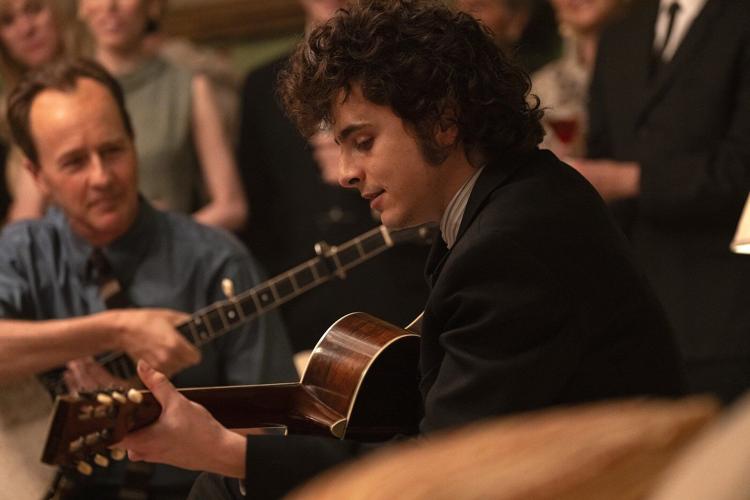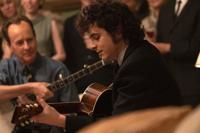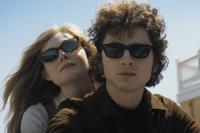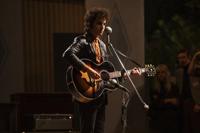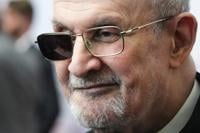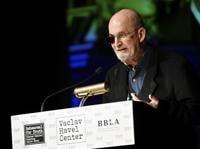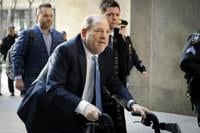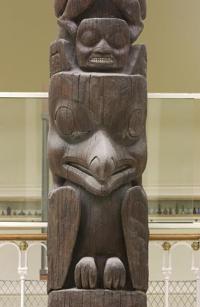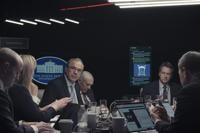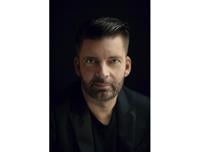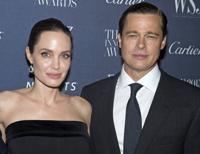NEW YORK (AP) — How many roads must a man walk down to play Bob Dylan?
Quite a few, at least, if you’re . Off and on for some six years, Chalamet has been obsessively working toward his performance in He has visited Dylan’s childhood home, learned how to play the guitar (and the harmonica) and immersed himself in the early ’60s New York that Dylan emerged out of — even if much of it has faded with history by now.
“Cafe Wha? was funny because they have Jimi Hendrix and Bob Dylan painted along the staircase and everything but now it’s just, like, Aerosmith covers,” Chalamet says, chuckling. “I was like: I don’t think this is what it was like when Bob was here.”
Chalamet has been building his Bob Dylan for so long that he’s been seen playing Dylan songs while in costume as Willy Wonka and on the set of “Dune.” His “Dune” co-star, (who famously played a fictional Dylan-adjacent folk musician in “Inside Llewyn Davis”), said, ”My first thought, it sounded like a really bad idea.”
Isaac certainly wasn’t the only one to doubt whether Chalamet, or anyone, could tackle someone as iconic and enigmatic as Dylan. But Chalamet’s performance — complete with singing and guitar playing — in the James Mangold-directed film, which opens in theaters Dec. 25, has drawn near-universal praise.
Chalamet, in an interview, recently spoke about how he navigated the biggest acting challenge of his career.
AP: There might not be a much more daunting undertaking for an actor than playing Dylan. How did you decide you wanted to do it?
CHALAMET: I obviously felt like you can’t go near that if you’re not ready to do it. Equally, I had five years to work on this, or six, so there was no truncated process at any point. If you play any real-life figure, it’s sort of a gift. There’s the reality of how it happened. But with a musician, your education becomes twofold, or tenfold, because there’s not only the record of what he went through in his work, but the feeling he can give you as a person — which for me, with Bob’s music, was exponential.
AP: Where did you begin?
CHALAMET: Weirdly, it was the press conferences. This came to me in an email in 2018. Bob Dylan, to me, was limited to the good friend of my father’s in New York, growing up, who had a striking black-and-white portrait of Dylan on his apartment wall. I didn’t know much of his music. You know, stuff like “Blowing in the Wind” or “Time’s They Are a-Changin’” are so enwoven in American culture that, of course, I knew those. I just went up YouTube and before songs popped up, the San Francisco press conference popped up in ’65. I was just so fascinated to see an artist who was a definitive figure of the ’60s, but who clearly was as much a thinker as he was a forward-facing entertainer.
AP: Did you get anything from the D.A. Pennebaker documentary ‘Don’t Look Back’?
CHALAMET: The great thing about “Don’t Look Back” is it’s just really raw. There aren’t the talking heads. It’s what’s great about Suze Rotolo’s book. It’s really raw. It’s more raw than a lot of the other books about Bob Dylan. It’s very clear-sighted about the young relationship she had with Bob. With an artist of such reverence, it’s important as an actor not to simply revere him. Then you’ll do justice to the people that already revere him, but to everyone else in the room, they won’t get it.
AP: When do you first pick up a guitar?
CHALAMET: I picked up a guitar on “Call Me By Your Name” because I pluck out the chords of a song in that film. So I had, like, a really rudimental experience with that. I think sometime in 2018 I had my first lesson with this great guitar teacher named Larry Saltzman who at some point became less of a teacher and more a co-sanity artist through COVID. I think we were keeping each other sane. We would Zoom three, four times a week and doing songs that never made it into the movie.
AP: What songs did you gravitate toward?
CHALAMET: All of it. I really liked all of it. I like the more intimate songs like “Girl From the North Country” or “Boots of Spanish Leather” or “One Too Many Mornings” or “Tomorrow Is a Long Time.” But then I also liked “North Country Blues” and “Rocks and Gravel” or “Ballad of Hollis Brown” – things where you hear the iron ore in Bob’s voice, the North Country in Minnesota, the Hibbing.
AP: So much of the movie is about the onset of fame for Dylan and his rejection of the expectations others have for him. Were you able to connect with that experience?
CHALAMET: Yeah, absolutely, in ways that are more unspoken than I could be definitive about. I just do. I don’t know how to use more words than that. And it was empowering to play someone that really just bucked off all pressure.
AP: You haven’t met Dylan, but have you thought about what you’d ask him if you did?
CHALAMET: I think I’d just say thank you, really. Not thank you for the opportunity to meet, or thank you for the opportunity to play the role. Thank you for his music and his art and his work.
AP: You sound altered by this experience. Did it in some way shift your DNA as an actor?
CHALAMET: I feel changed by the experience. I can’t speak about the actual film. The process of it, the years long endeavor into it, the dignity in playing something that actually happened. Those were new facets to my experience as an artist. Beyond that, people will make of it what they will, which is totally fair. I think that’s a great Bob worldview, too. Do with it what you want.

